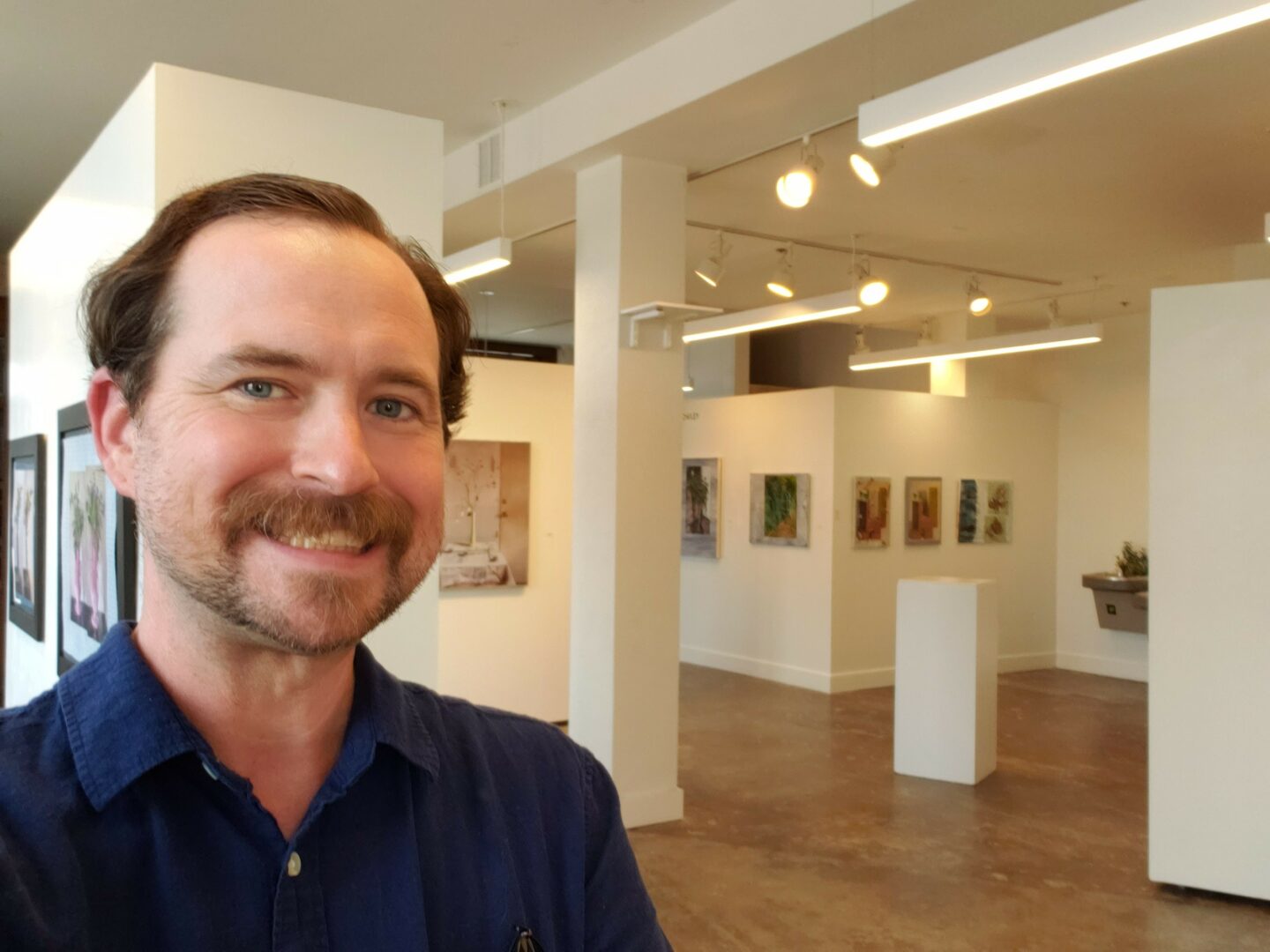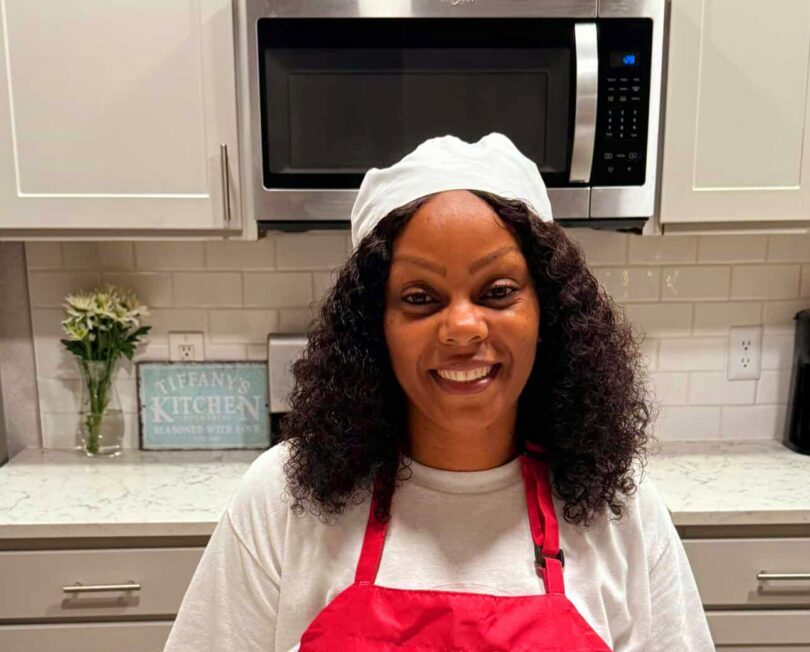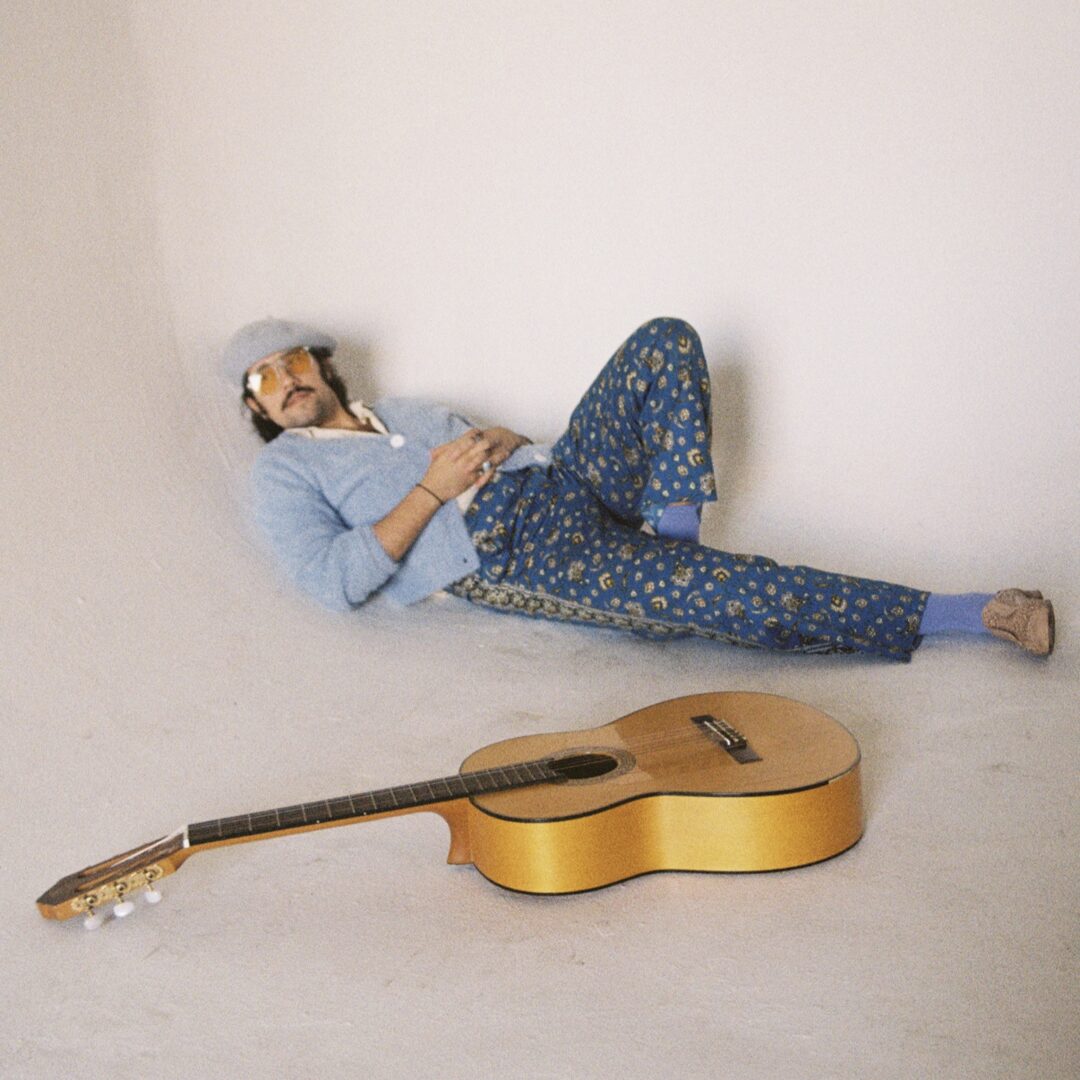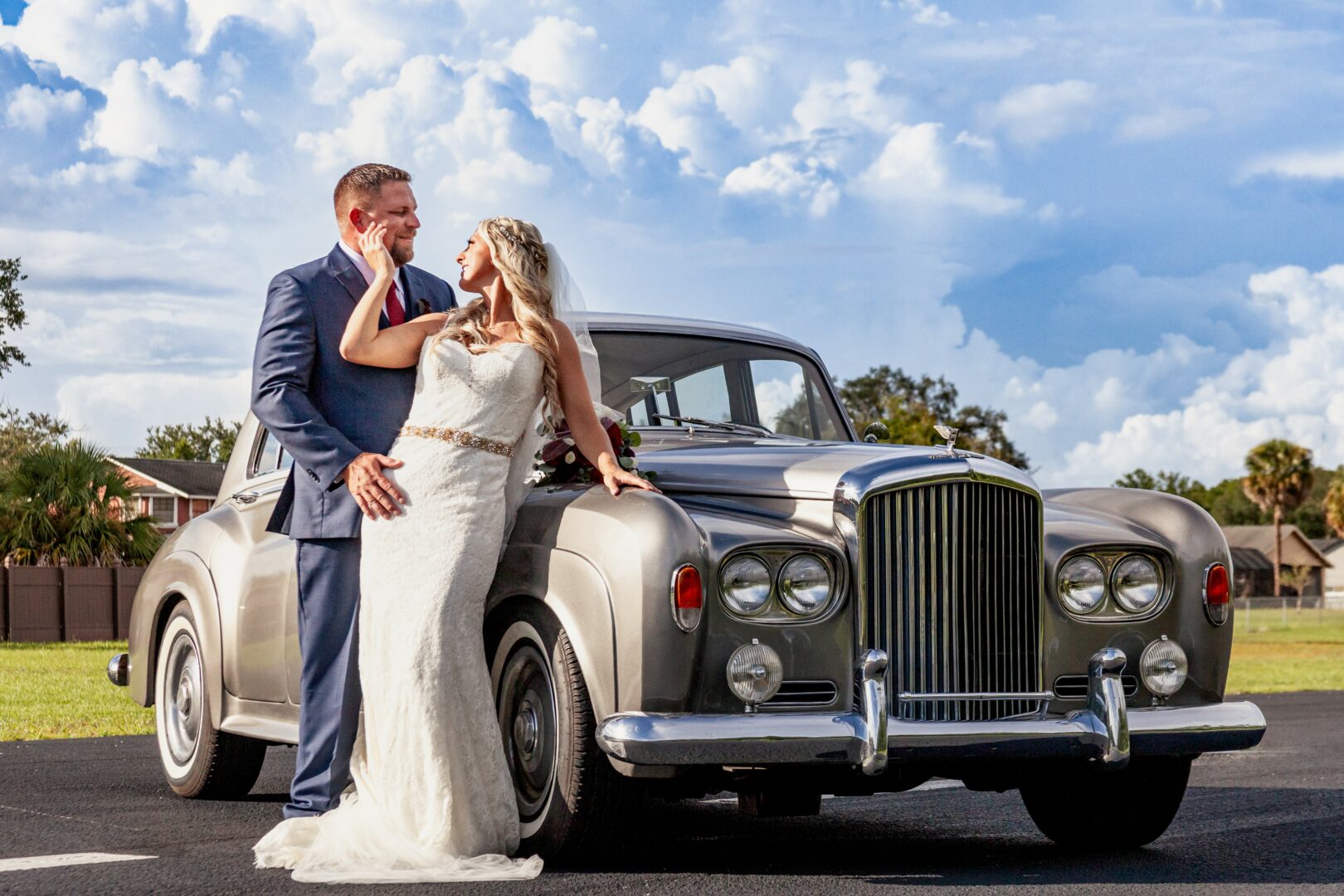We were lucky to catch up with Adam Crowley recently and have shared our conversation below.
Adam, so great to be with you and I think a lot of folks are going to benefit from hearing your story and lessons and wisdom. Imposter Syndrome is something that we know how words to describe, but it’s something that has held people back forever and so we’re really interested to hear about your story and how you overcame imposter syndrome.
I haven’t! But generally the only thing I’ve found that helps is to keep working. Imposter syndrome is something I deal with constantly. Sometimes I wish I had a Picasso-esque confidence, but I think if that was the case I maybe wouldn’t work so hard. If you are engaged there will always be people around you succeeding; getting shows, features, residencies etc… and if you’re not getting a many at the time it can weight on you. But instead of getting frustrated, the best thing to do is work. Its the most basic element to being a successful artist, and I almost always feel better after being in the studio.
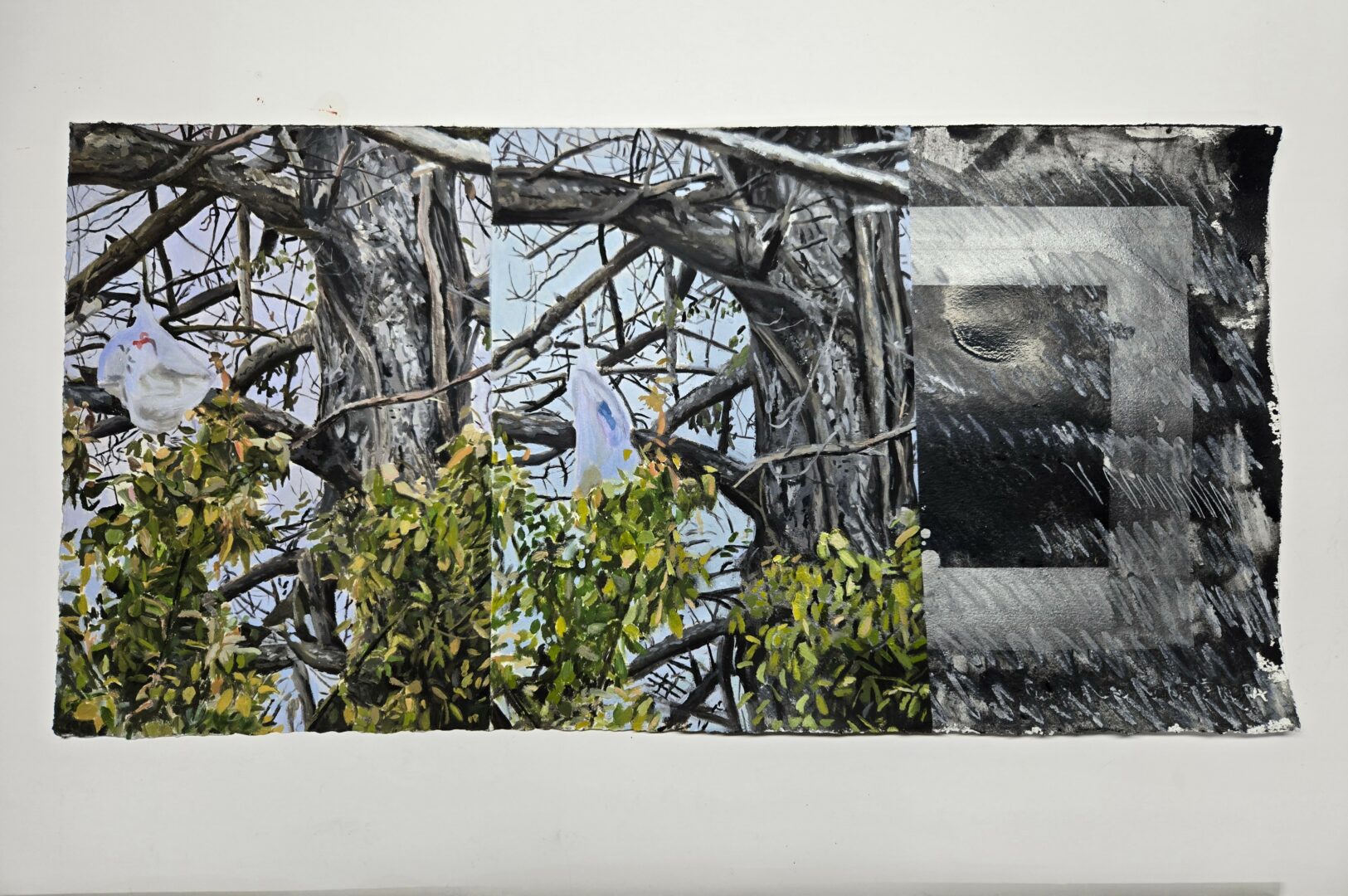
Great, so let’s take a few minutes and cover your story. What should folks know about you and what you do?
I start my days at 5 a.m. I’ve been doing this since our daughter Suzie was born and I needed to find time to devote to painting. After my alarm goes off, I go into the kitchen, put on a moka pot of coffee, and get dressed while the coffee brews. I have three pairs of coveralls that I wear in my studio, and they are situated in my closet so they can be easily found in the dark. After the coffee is ready, I head downstairs. It is still dark when I start painting, so I have added some cool fluorescent lights in the basement. My paintings are quite structured, and the way I paint is step oriented. This has come from the early morning practice and trying to make as much use of my limited time as possible. I almost always have something to work on. I have many ideas for paintings, and with the relative “slowness” of my working system, I rarely find myself twiddling my thumbs. I should say too, all my morning studio time is devoted to painting. If canvases need to be stretched, or paper works framed, or emails answered, etc.… that will happen over the weekend or on lunch break at my job. The time in the early morning, with its quiet, and its blue light seeping through the low basement windows, is strictly painting time. I don’t usually listen to music or podcasts or anything. I very much enjoy the quiet the morning brings. I usually get to painting around 5:15. Many times I have more than one painting in process at the same time. This allows for layers to dry, and work to be able to continue when one painting gets finished. I know what painting I will be working on the day before, and think about it in the evening before bed, so I have a kind of game plan when I wake up. Most evenings I will steal away to the studio to look at the mornings’ work, even if just for a few minutes. I work until around 6:45 or 7 and then head upstairs to clean my brushes, get dressed, and start breakfast for Sue and myself.
I work at the Nelson-Atkins Museum of Art in Kansas City, MO as a Preparator. My job consists of installation and de-installation of artwork in the museum as well as the sculpture park that surrounds it. We also pack art for shipment and storage, work with other museum professionals in order to install any artwork that has been lent to us, and travel with art in order to assure its safe shipping and installations in institutions around the world. This is a wonderful aspect of the job and has allowed me to visit places and see things I would have never been able to experience otherwise. Being so involved with the physical art pieces, as well as constantly being surrounded by great art has absolutely had a positive effect on my practice. I find new interests weekly, and have found appreciation for artists, time periods, and mediums I would have never given a second thought about had I not been involved in the museum. There are countless times since I’ve started here that I’ve run to a gallery when the museum is closed to the public and studied Moran, Hals, Chardin, Chinese scrolls, you name it, looking at technique, palette, composition, or emotional impact present in each piece. The lessons are unfathomable! During my lunch break I apply to open calls, read Hyperallergic, Painting Perceptions, or work on a small watercolor pad that I keep in my desk drawer. (Sometimes I watch YouTube too, but I try to keep that minimal until the end of the week). I am exceptionally lucky to have a life surrounded by art, and I try to actively engage in “art” as much as I can, whether that be painting daily, maintaining thoughtful work habits, reading books, working toward gallery shows, drawing with Sue, or just having art and art references at arm’s length.
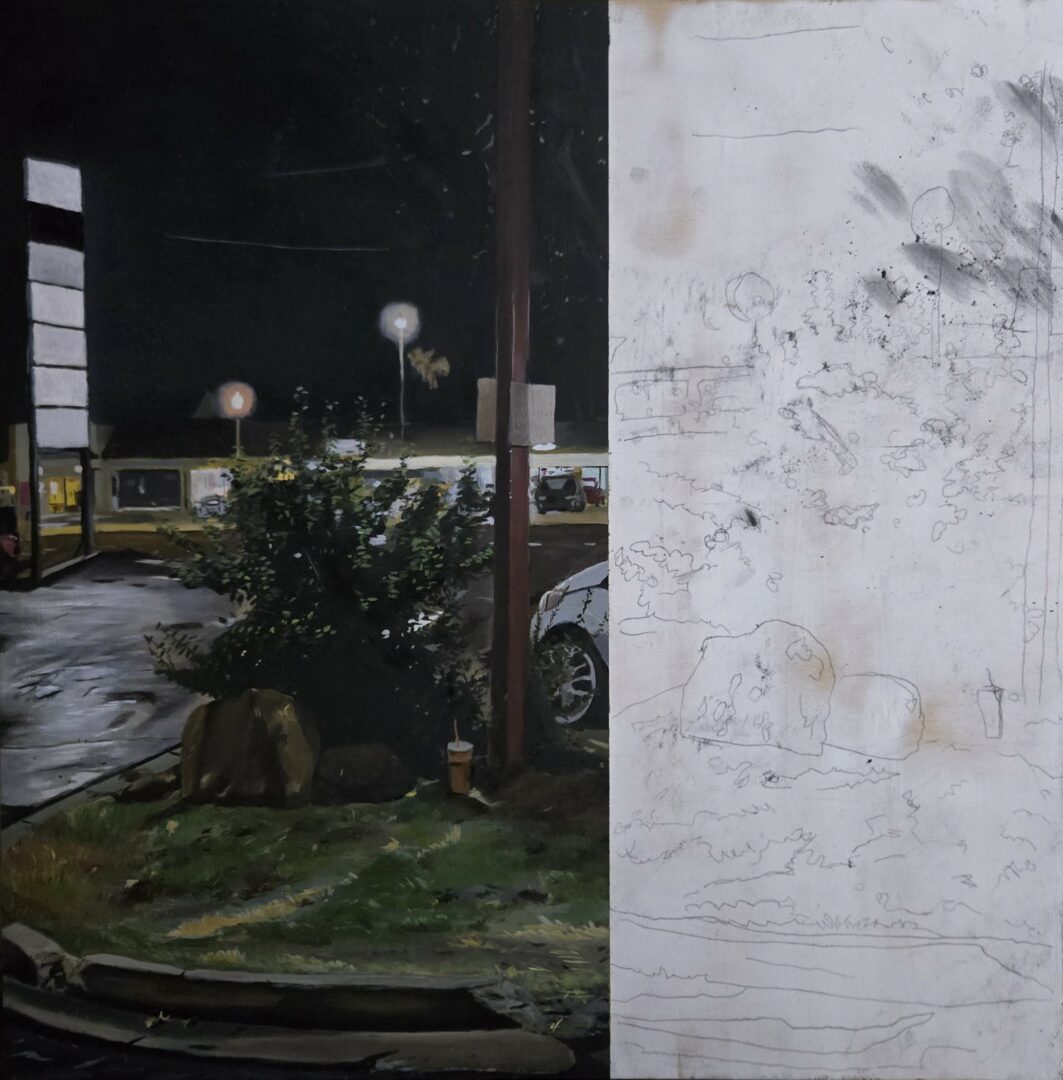
If you had to pick three qualities that are most important to develop, which three would you say matter most?
Being able to maintain a regular studio schedule has made the most impact on my work. Once I got into the rhythm of an early, every day routine, my work improved significantly. I also think honing the basic skills for a painter can be overlooked, but is important to maintain, even if your paintings are more on the conceptual side. It always good to have the ability to do whatever you want with painting, and keeping those skills sharp is the best way to assure you are able to lean on your abilities. Third I think keeping the flow of knowledge going through your mind is very important. Read books, philosophy, theory. Listen to or watch interviews of artists. Look at art blogs. Keep the mind as close to art and ideas as possible. That would also suffice, I think, as my advice. Continue to stay as close to art as possible, and never stop working.
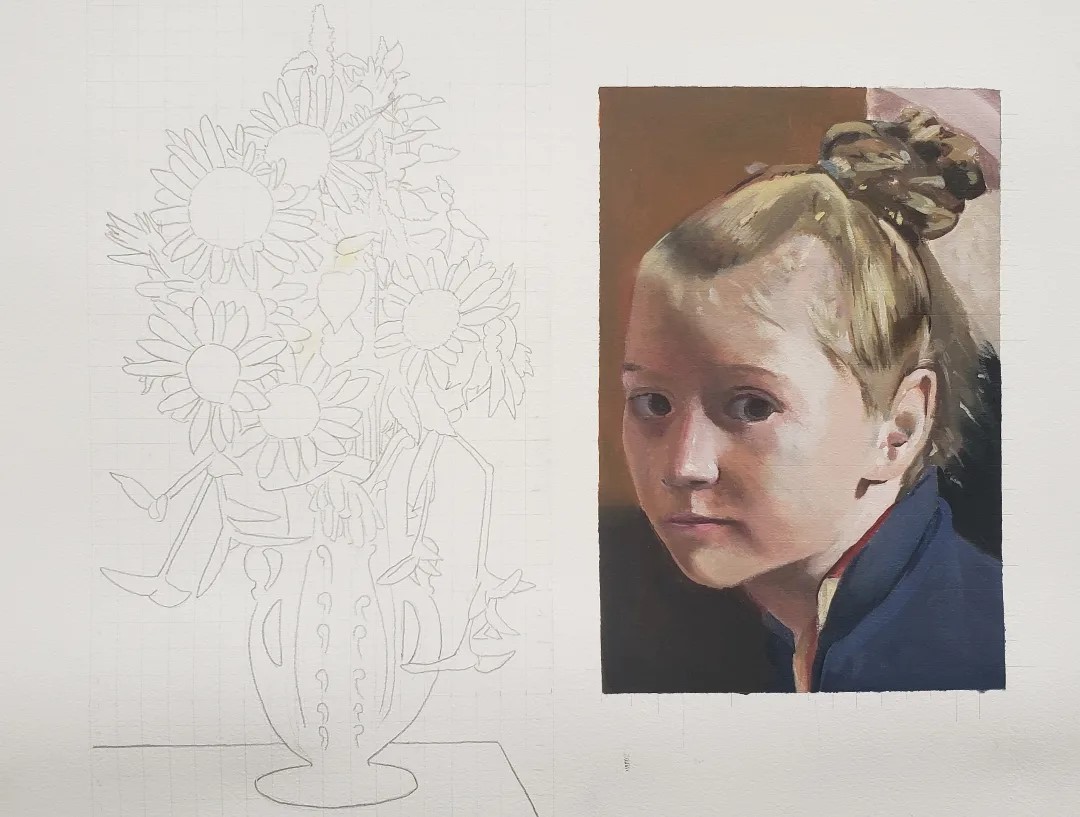
Alright, so before we go we want to ask you to take a moment to reflect and share what you think you would do if you somehow knew you only had a decade of life left?
I would travel, spend as much time with my family as possible, and make paintings about the beautiful moments in time that I’ve known.
Contact Info:
- Instagram: @adam_m_crowley
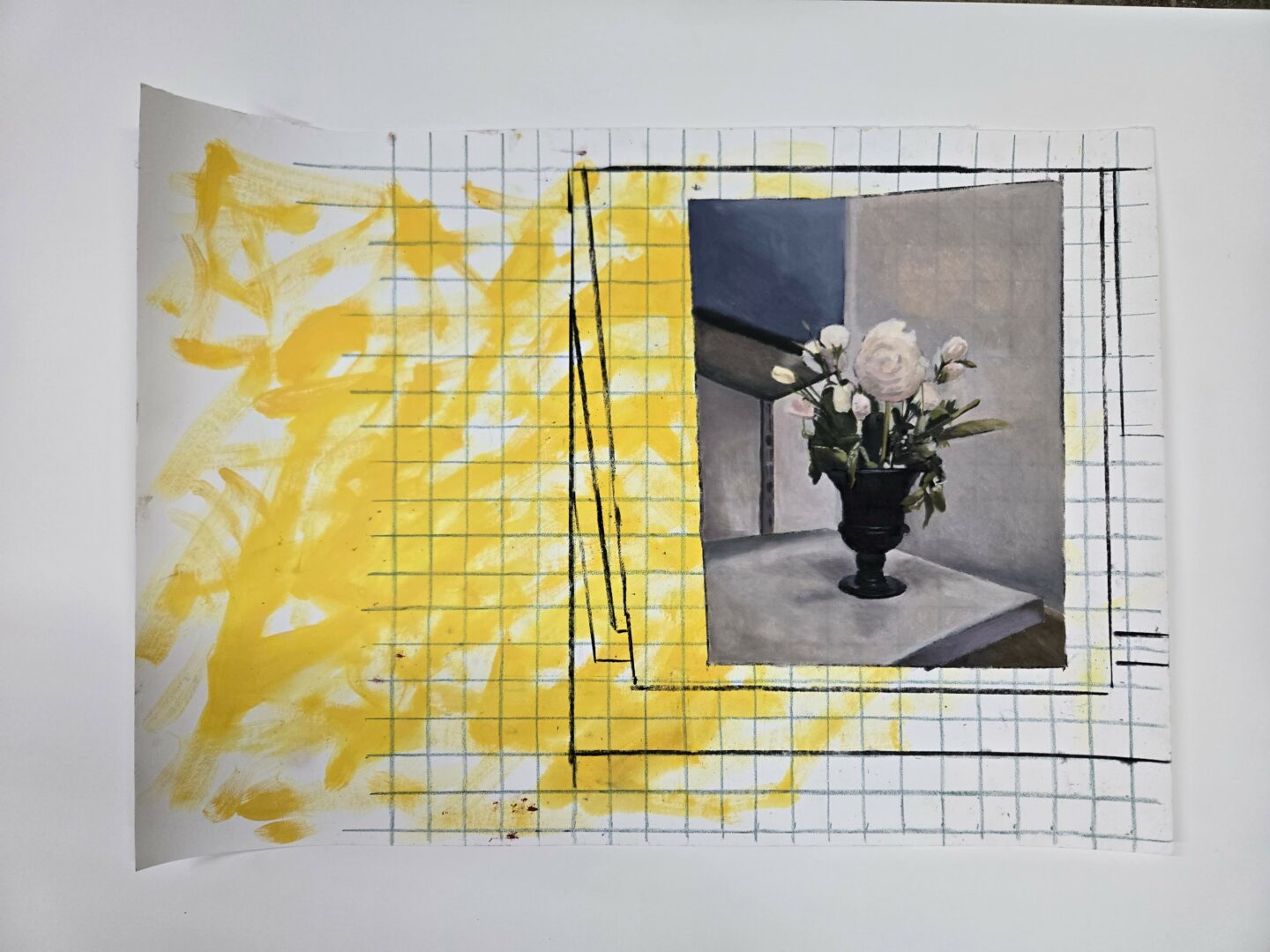
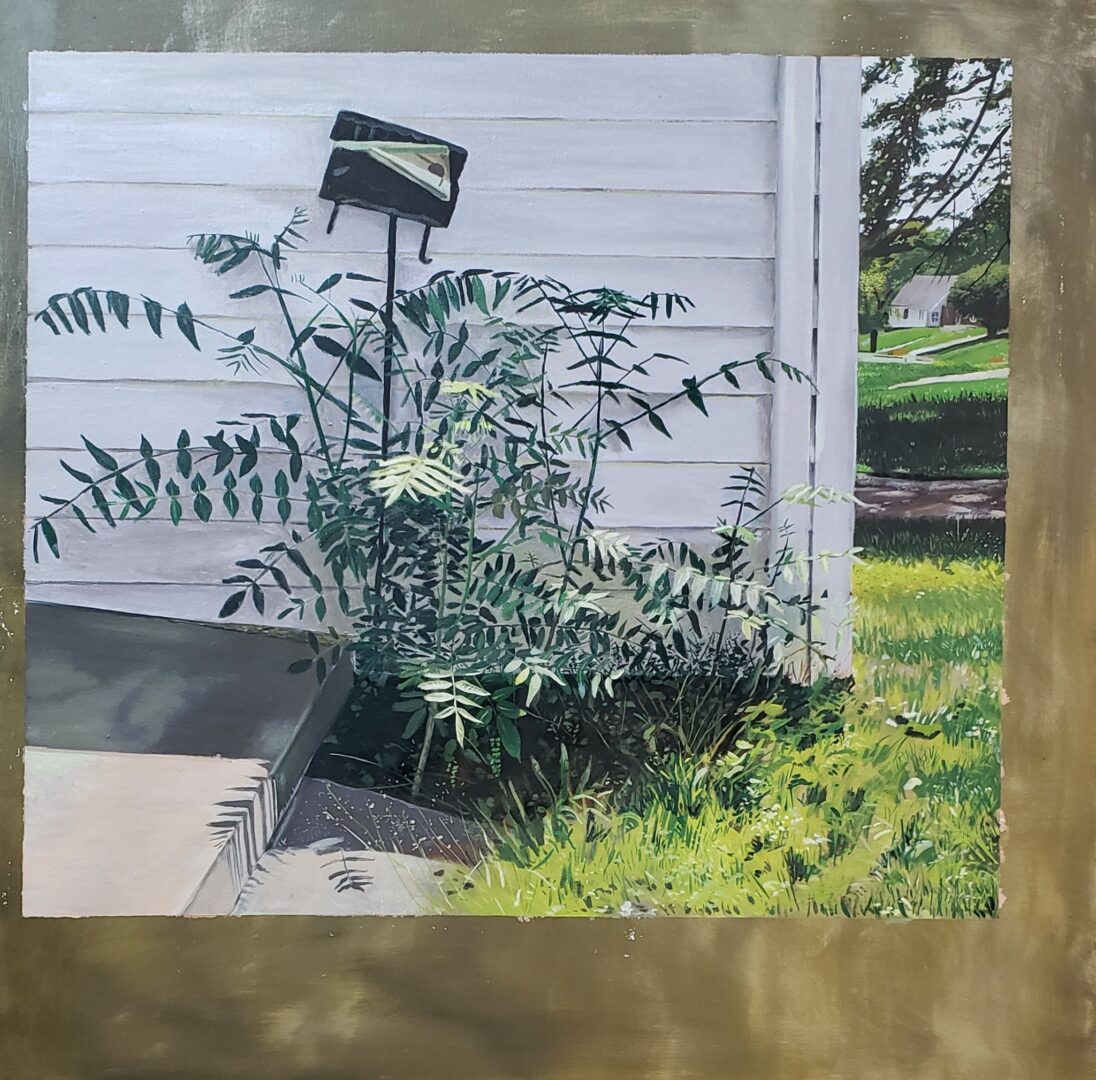
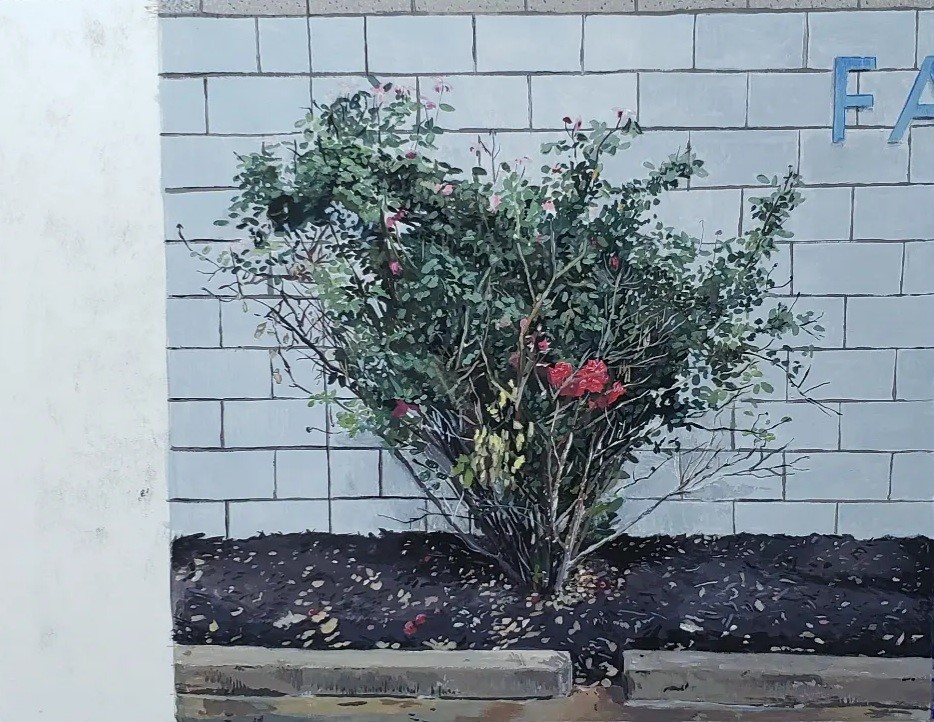
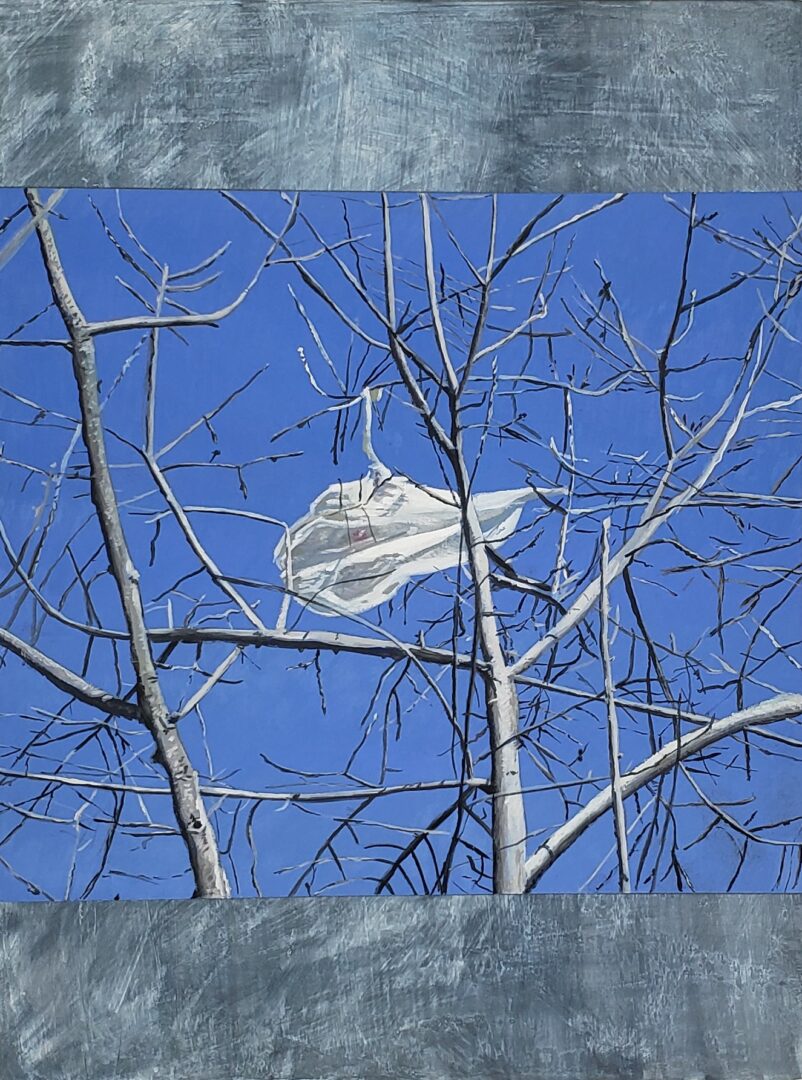
so if you or someone you know deserves recognition please let us know here.

